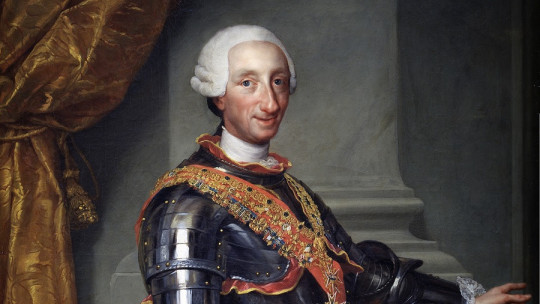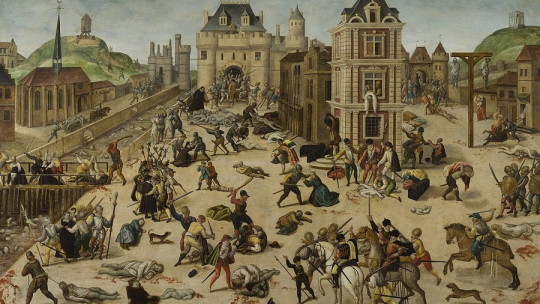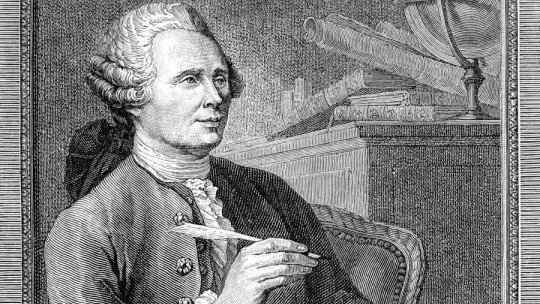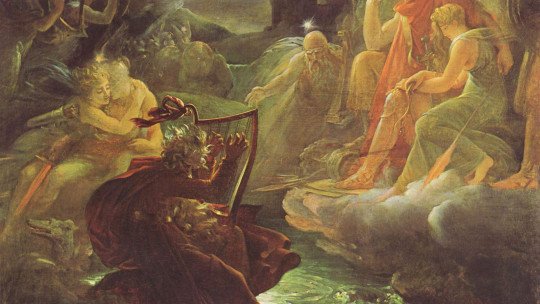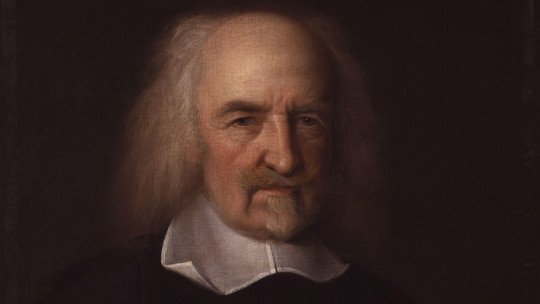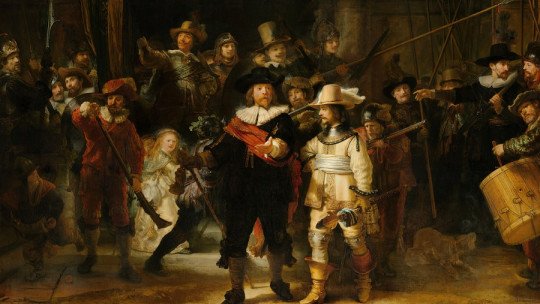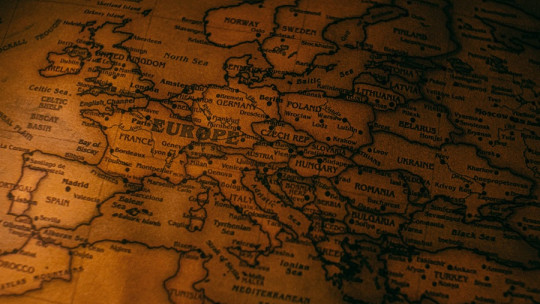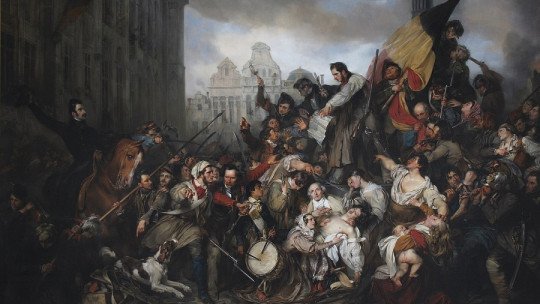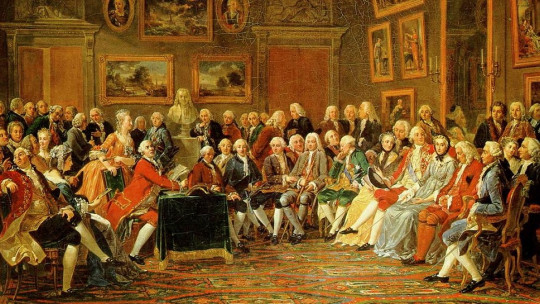
The current Western world could not be understood without the Enlightenment movement Its existence laid the foundations for the development of science as we know it, in addition to promoting values such as rationality and freedom with its optimistic philosophy about the possibilities of transforming the society that human beings had. Let’s see what it consisted of.
What was the Enlightenment?
In the mid-17th century and early 18th century, a handful of bourgeois intellectuals in the heart of Europe decided that He was already fed up with the system established by the Ancien Regime also called Absolutist Regime, where all political power and social life was governed by a law that was established by “divine election.”
Although historians attribute the birth of the Enlightenment to England, it was in France where this thought began to lay its foundations with intellectuals such as Voltaire, Rousseau or Montesquieu among others, founding what would become encyclopedism, which would be a great promoter of the Enlightenment.
Rationalism, ideological basis of this historical stage
Illustration It is a movement of philosophical, literary, scientific and, finally, political nature The main mantra was to end the status quo imposed by the archaic and outdated structures of European kingdoms, basically directed by religion and ecclesiastical institutions. This period would also become known as The Age of Enlightenment, the result of the progress and development of new ideas, based mainly on reasoning and individual freedom.
As a summary of the previous paragraph, we can say that the Enlightenment Its main characteristics were rationalism, belief in the goodness of human beings, secularism and optimism ; the latter from a more humanistic point of view. He ruled the idea of reason above Revelation and theological mandates, firmly opposing traditionalism.
Rationalism will then be the most heard term during the time of Enlightenment, a metaphor to express the enlightenment that comes from intelligence and logic to guide a world full of ignorance. Reason had to be the element by which man had the ability to understand everything through his intelligence, avoiding superstitions and extraterrestrial theories. “Whatever is not rational should be labeled as false,” defended the Enlightenment.
Main characteristics of the movement
Once again, we emphasize reason as the only way to know the truth. Science will influence this premise, where everything that is the subject of intellectual discussion or debate must have evidence: an attempt is made to avoid the dogmatism typical of religions It was René Descartes who inspired illustrators with his ideas of “methodical doubt.” Voltaire was another critic of theological fanaticism and conservative values that prevented the shaking of ignorance.
Another element to take into account is the ultimate purpose of the Age of Enlightenment, which was none other than to help achieve happiness and well-being for citizens, through progress, private property, freedom and equality. To achieve happiness, politics has to be the means to achieve it for the entire society where a social contract between the people and rulers governs.
The enlightened in Spain
As would happen in the rest of the European territories and nations, the Enlightenment would enter the veins of Spanish society gradually and with extreme moderation. It’s not that it arrived suddenly and much later than in France or Germany, but The power of the Church hindered their advancement
In fact, as was also the case in their counterpart countries, the Spanish enlightened people were an intellectual minority of the noble class, often and very often with part of the clerical sector on their side, which was a novelty. Not all defenders of divinity were opposed to the new horde of ideas that were about to establish themselves throughout the old continent, giving rise to the French Revolution of 1789.
As a minority represented by the enlightened authors of Spain, the means they used to get the message across were the creation of public intellectual institutions so that everyone had access. Academies of Language, History, Sciences and Medicine were pioneers in revealing the ideas of “the lights” in our territory. Some authors such as Jovellanos, Guindo Cerezo and even King Carlos III were great supporters of this movement.

